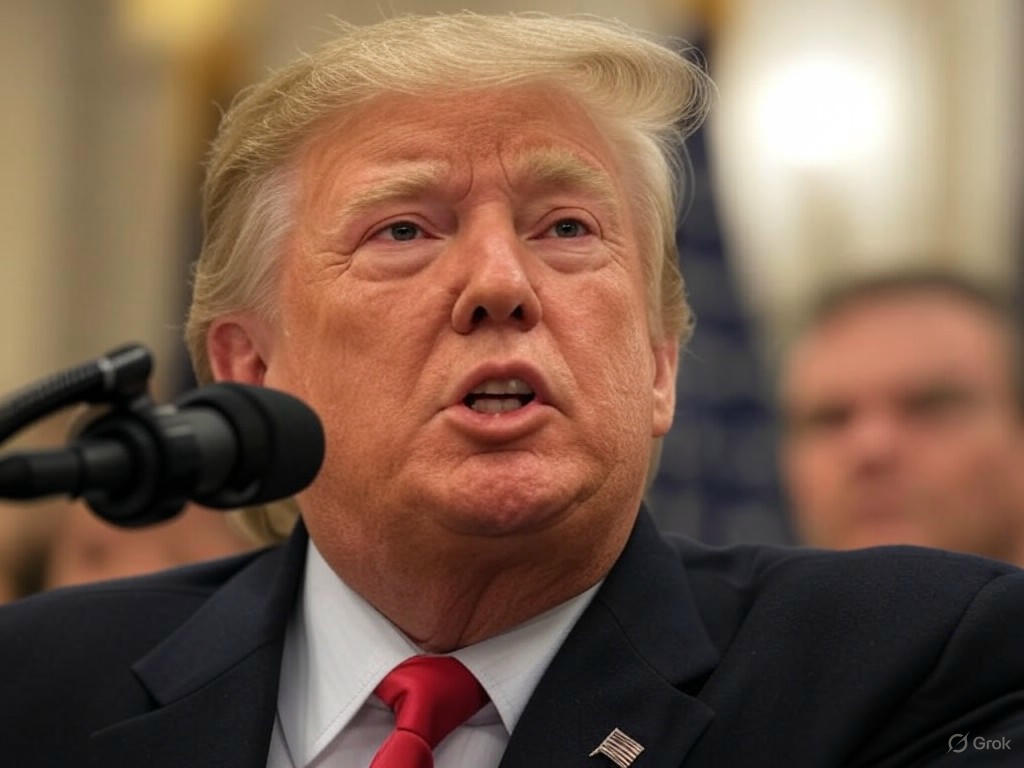Foreign Students Face Uncertainty Under New Trump Visa Policies
In a rapidly changing global education landscape, foreign students in the United States are finding themselves at the center of a contentious policy debate. Recent moves by the Trump administration have raised concerns among international scholars, particularly those who are outperforming their American counterparts in terms of earnings and career achievements. These students, often seen as vital contributors to innovation and economic growth, now face potential restrictions on their visas, which are increasingly being wielded as instruments of political strategy and international negotiation.
The U.S. has long been a magnet for bright minds from around the world, with its universities offering unparalleled opportunities for academic and professional advancement. Many foreign students, hailing from countries like India, China, and beyond, pursue degrees in high-demand fields such as technology, engineering, and business. Upon graduation, a significant number secure lucrative positions in American companies, often outpacing their U.S.-born peers in income and job placements. This success, however, has drawn scrutiny under the current administration, which appears to view student visas not just as pathways to education but as leverage in broader geopolitical and economic discussions. Reports suggest that new policies could limit visa durations, impose stricter work conditions, or even curtail the number of international students admitted annually. Such measures are sparking debates about fairness, economic impact, and the future of America’s reputation as a global education hub.
Critics argue that these policies could have far-reaching consequences. International students contribute billions of dollars to the U.S. economy each year through tuition fees, living expenses, and taxes. Moreover, many go on to become entrepreneurs, creating jobs and driving innovation. Tightening visa regulations risks pushing this talent toward other countries, such as Canada or Australia, which have already begun to position themselves as more welcoming alternatives. On the other hand, proponents of the administration’s stance claim that prioritizing American workers and students is a necessary step to address domestic unemployment and wage disparities. They argue that foreign graduates often compete for high-paying roles that could otherwise go to U.S. citizens, creating an imbalance in the job market. Yet, evidence suggests that international talent frequently fills gaps in specialized sectors where domestic expertise is lacking, raising questions about the long-term benefits of restrictive policies.
As this situation unfolds, uncertainty looms large for thousands of foreign students who have invested time, money, and dreams into their American education. Universities, businesses, and advocacy groups are urging policymakers to consider the broader implications of using student visas as bargaining chips. The stakes are high, not just for the individuals affected but for the United States’ standing as a leader in global education and innovation. While the administration’s final decisions remain unclear, one thing is certain: the outcome will shape the future of international talent in America for years to come, influencing both economic vitality and cultural exchange on a profound scale.


